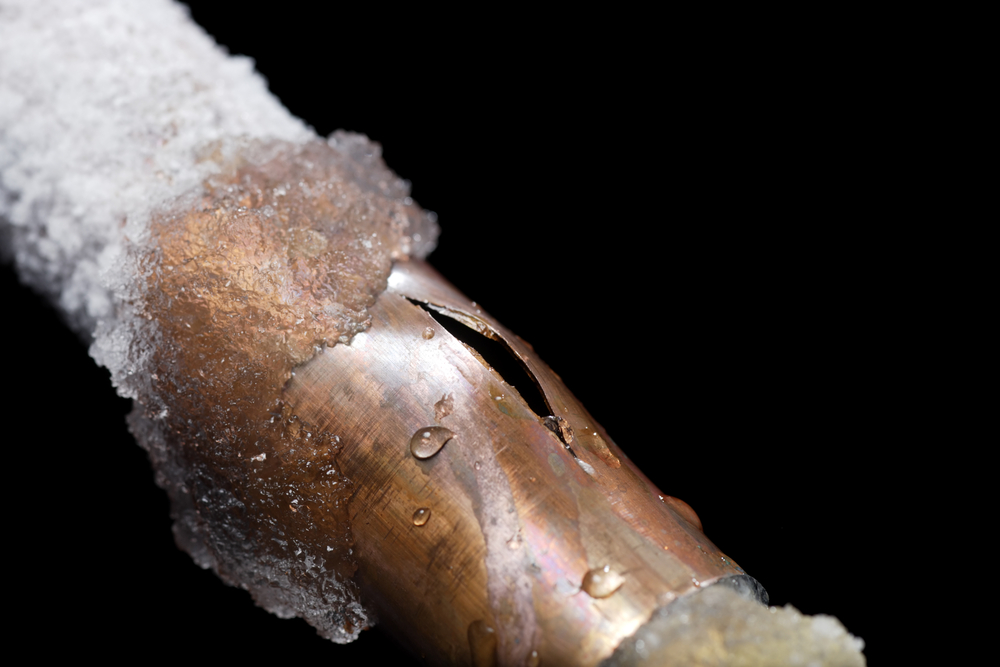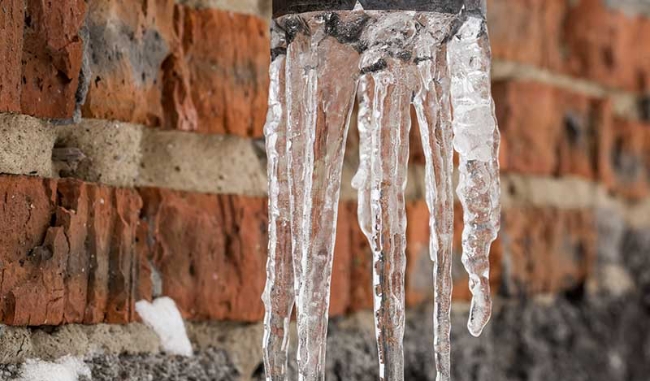How to Protect Plumbing System from Cold Weather: Essential Strategies
How to Protect Plumbing System from Cold Weather: Essential Strategies
Blog Article
The author is making several good observations about 6 Ways to Prevent Frozen Pipes overall in the article beneath.

Winter can damage your pipes, especially by freezing pipelines. Right here's exactly how to avoid it from occurring and what to do if it does.
Introduction
As temperature levels decline, the risk of frozen pipes boosts, potentially resulting in expensive repairs and water damage. Recognizing exactly how to avoid icy pipes is critical for home owners in cool environments.
Prevention Tips
Shielding at risk pipelines
Cover pipes in insulation sleeves or utilize warmth tape to safeguard them from freezing temperature levels. Focus on pipelines in unheated or outside areas of the home.
Heating strategies
Keep interior areas appropriately heated up, especially locations with pipes. Open up cupboard doors to allow warm air to flow around pipelines under sinks.
Just how to determine frozen pipelines
Try to find lowered water flow from taps, unusual smells or noises from pipes, and visible frost on subjected pipelines.
Long-Term Solutions
Architectural adjustments
Consider rerouting pipelines away from exterior walls or unheated areas. Add additional insulation to attic rooms, basements, and crawl spaces.
Upgrading insulation
Purchase high-quality insulation for pipelines, attic rooms, and walls. Appropriate insulation assists keep regular temperature levels and minimizes the danger of frozen pipelines.
Securing Outdoor Pipes
Garden hoses and outdoor taps
Separate and drain garden tubes prior to winter. Mount frost-proof faucets or cover outdoor faucets with shielded caps.
Understanding Icy Pipes
What creates pipelines to ice up?
Pipes freeze when exposed to temperatures listed below 32 ° F (0 ° C) for prolonged durations. As water inside the pipelines ices up, it expands, putting pressure on the pipe wall surfaces and possibly triggering them to break.
Risks and problems
Frozen pipelines can bring about water system disturbances, home damage, and costly repair services. Burst pipelines can flooding homes and trigger substantial structural damage.
Indicators of Frozen Piping
Recognizing frozen pipes early can stop them from bursting.
What to Do If Your Pipelines Freeze
Immediate actions to take
If you suspect icy pipes, maintain taps open to relieve stress as the ice melts. Make use of a hairdryer or towels taken in hot water to thaw pipelines slowly.
Final thought
Avoiding icy pipes needs aggressive steps and fast reactions. By recognizing the causes, indicators, and preventive measures, house owners can protect their plumbing during winter.
5 Ways to Prevent Frozen Pipes
Drain Outdoor Faucets and Disconnect Hoses
First, close the shut-off valve that controls the flow of water in the pipe to your outdoor faucet. Then, head outside to disconnect and drain your hose and open the outdoor faucet to allow the water to completely drain out of the line. Turn off the faucet when done. Finally, head back to the shut-off valve and drain the remaining water inside the pipe into a bucket or container. Additionally, if you have a home irrigation system, you should consider hiring an expert to clear the system of water each year.
Insulate Pipes
One of the best and most cost-effective methods for preventing frozen water pipes is to wrap your pipes with insulation. This is especially important for areas in your home that aren’t exposed to heat, such as an attic. We suggest using foam sleeves, which can typically be found at your local hardware store.
Keep Heat Running at 65
Your pipes are located inside your walls, and the temperature there is much colder than the rest of the house. To prevent your pipes from freezing, The Insurance Information Institute suggests that you keep your home heated to at least 65 degrees, even when traveling. You may want to invest in smart devices that can keep an eye on the temperature in your home while you’re away.
Leave Water Dripping
Moving water — even a small trickle — can prevent ice from forming inside your pipes. When freezing temps are imminent, start a drip of water from all faucets that serve exposed pipes. Leaving a few faucets running will also help relieve pressure inside the pipes and help prevent a rupture if the water inside freezes.
Open Cupboard Doors
Warm your kitchen and bathroom pipes by opening cupboards and vanities. You should also leave your interior doors ajar to help warm air circulate evenly throughout your home.

We are very interested in Winter Plumbing Precautions: Preventing Frozen Pipes and I'm hoping you enjoyed reading the entire page. Do you know somebody who is in to the topic? Be sure share it. We value your readership.
Call Today Report this page